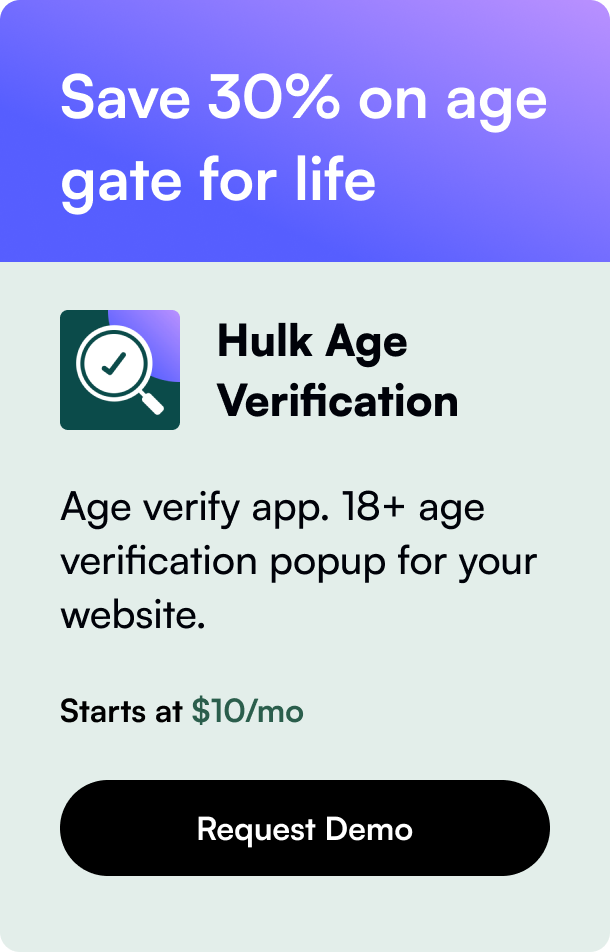Table of Contents
- Introduction
- The Inherent Implications of Pausing Your Shopify Store
- Deactivating and Its Consequences
- How To Navigate Shopify Subscription Cancellation
- Beyond the Deactivation – Financial Implications
- The Resurrection Opportunity
- Closing Analysis and Looking Forward
- Frequently Asked Questions
Introduction
Are you a Shopify store owner contemplating a hiatus or a total departure from the platform? The tension between maintaining an entrepreneurial spirit and dealing with practicalities, like subscription commitments, is very real. Whether your store has seen seasonal peaks, complete cycles, or you're simply pondering what's next, understanding the effects of deactivating your Shopify store on existing subscriptions is crucial. This post is your guiding beacon as we dive into the nitty-gritty of Shopify's policies on pause and deactivation, with a focus on how these actions influence subscriptions.
The Inherent Implications of Pausing Your Shopify Store
Pausing your store on Shopify doesn't directly equate to severing ties with the platform. Instead, it's like pressing the snooze button, where your store enters a dormant phase but lingers, ready to awaken at your command. For a reduced cost – typically a reflection of Shopify's flexibility towards store owners' fluctuating commitment levels – you can retain access to key features such as product editing and admin access while freezing the checkout process, which effectively halts sales.
The Pause and Build plan, marked at $9 USD per month, is tailor-made for those seeking to fine-tune their store without fully backing off. Though sales efforts hit a pause, your store remains an active project under your control.
Deactivating and Its Consequences
Moving beyond pausing, deactivating your Shopify store entails terminating your relationship with the platform. With deactivation comes cancellation – your Shopify subscription is annulled. The once live store transitions into a memory held within Shopify's databases for two years, a timeline ensuring data retrieval should you reignite your entrepreneurial flame.
Upon deactivation, access to your Shopify admin is cut-off, demanding a reentry of payment details should reactivation be in the cards. However, store deactivation doesn't necessarily mean all associated subscriptions lapse. A wary eye should be cast towards third-party app subscriptions and domain-related details, as responsibility for these elements persists post-deactivation, requiring individual cancellation.
How To Navigate Shopify Subscription Cancellation
Cancelling your Shopify subscription consumes a few clicks but warrants a calculated approach. Before committing to such a firm endpoint, thorough data backups, customer notifications, and app uninstallations are musts.
- Backup Your Data: Your store's lifeblood – customer data, product details, and transaction history – should be securely tucked away before deactivation.
- Notify Your Customers: Transparency with your customer base regarding store changes maintains rapport and leaves doors open for future ventures.
- Uninstall Apps: Prevent unintended financial leakage by tiding up loose ends within your store's app ecosystem.
These steps represent best practices shielding you against potential aftershocks of abrupt closure.
Beyond the Deactivation – Financial Implications
The economic aftermath of your store's shutdown bears highlighting. Deactivating halts business operations, but existing financial commitments – be that outstanding charges or pending invoices related to apps and third-party services – must be squared away to achieve a clean slate. Even in sleep mode, these financial responsibilities linger.
The Resurrection Opportunity
Ever the optimist platform, Shopify allows former store owners a chance at a comeback. Should you decide to reactivate within that guarded two-year window, a world of possibilities for a triumphant return to commerce unfolds. With relaunch comes the selection of a new plan, a fresh commitment on your part.
Closing Analysis and Looking Forward
In delineating the minutiae of store pausing and deactivation on Shopify, one overarching theme emerges: thoughtfulness. Each action you take reverberates through the financial and operational fibers of your store. Thus, approaching each decision with prudence sets the stage for minimal disruption.
Frequently Asked Questions
Q: If I deactivate my Shopify store, will I still be billed for the subscription? A: No, deactivating your store terminates your Shopify subscription. However, ensure any third-party services or apps also cease billing separately.
Q: Can I temporarily close my Shopify store without cancelling the subscription? A: Yes, Shopify's Pause and Build plan facilitates store dormancy while maintaining limited access for a lesser fee.
Q: Is there a timeframe within which I can reactivate my deactivated store? A: Alternatively to complete closure, a deactivated Shopify store can be revived within a span of two years with the necessary payment details provided.
Q: Does store deactivation affect third-party app subscriptions? A: Store deactivation alters the billing status with Shopify; however, independent app subscriptions may require direct cancellation with the respective service providers.
Q: What should I do with my store's domain post deactivation? A: Your domain needs independent management. If planning a domain transfer post-deactivation, ensure adherence to HTTPS protocols for sustained security perceptions during the transition period.
In summary, the interplay between deactivating your Shopify store and subscription cancellations revolves around proactive steps, clear foresight, and an awareness of digital storekeeping's nuances. Equip yourself with this knowledge and step into your Shopify chapter with full cognizance of the possible paths and their ramifications.








